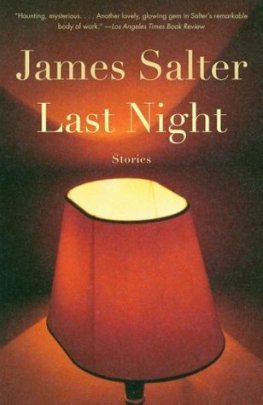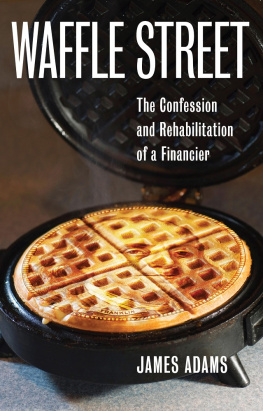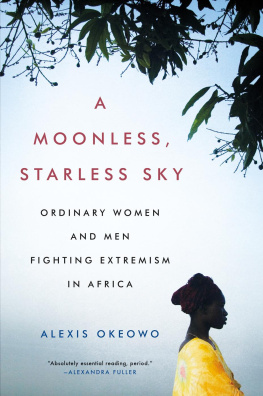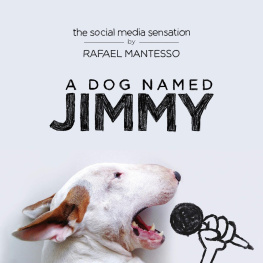First published in Great Britain in 1983 by William Kimber & Co Limited
Published in 2001
Reprinted in this format in 2002, 2004, 2005 and 2008 by
PEN & SWORD MILITARY
an imprint of
Pen & Sword Books Ltd
47 Church Street
Barnsley
South Yorkshire
S70 2AS
Copyright B A James, 1983, 2001, 2002, 2004, 2005, 2008
ISBN: 0 85052 900 X
HARDBACK ISBN: 978 0 85052 828 2
PAPERBACK ISBN: 978 0 85052 900 5
PDF ISBN: 978 1 78337 488 5
EPUB ISBN: 978 1 84884 508 4
PRC ISBN: 978 1 84884 507 7
The right of B A James to be identified as author of this work has been asserted by him in accordance with the Copyright, Designs and Patents Act 1988.
A CIP catalogue record for this book is
available from the British Library
All rights reserved. No part of this book may be reproduced or transmitted in any form or by any means, electronic or mechanical including photocopying, recording or by any information storage and retrieval system, without permission from the Publisher in writing.
Printed and bound in Great Britain
By CPI UK
Pen & Sword Books Ltd incorporates the Imprints of Pen & Sword Aviation, Pen & Sword Family History, Pen & Sword Maritime, Pen & Sword Military, Wharncliffe Local History, Pen & Sword Select, Pen & Sword Military Classics, Leo Cooper, Remember When, Seaforth Publishing and Frontline Publishing
For a complete list of Pen & Sword titles please contact
PEN & SWORD BOOKS LIMITED
47 Church Street, Barnsley, South Yorkshire, S70 2AS, England
E-mail:
Website: www.pen-and-sword.co.uk
FOR MADGE AND PATRICK
List of Maps
Preface
I am very glad to have the opportunity of writing the Preface to this new edition of my book published by Leo Cooper/Pen and Sword Books eighteen years after the first edition.
This is the story of a pre-war RAF pilot caught up in the maelstrom of World War II, shot down while flying on a bombing mission from an airfield in East Anglia and trapped behind the barbed wire of German Prisoner of War Camps, as the duel between escapers and Gestapo intensified, culminating in The Great Escape before being flung finally into the holocaust of the Concentration Camps.
It is my story, but I have written too of a number of courageous people I came to know, prisoners of war and others from every walk of life and many nationalities, including German, who opposed the Nazi tyranny. Inevitably, and regrettably, I have not been able to include the names of many others who played a prominent part. I have written of these events as I saw them. To many they may seem long ago and part of history, as indeed they were in 1983 when the first edition was published, and this begs the question, Why so long to write it down?. I can only reply that I wished to forget and for many years did not talk about my long incarceration even to my wife. However, such an experience is forever etched on ones memory. Finally I was compelled to write my story and, for me, the perspective of the years has helped to give it greater clarity and meaning.
Obsessive memories of the horrors of the Nazi Concentration Camps should be avoided, but they should not be forgotten; they were a manifestation of an evil regime such as could arise in any country given the right political mix. We have recent examples world-wide. The safeguarding of freedom must be paramount. For this reason I have given talks to schools on my experiences. On two occasions recently my wife and I have been invited to Berlin by the Oundle History Department to show the history tour group around Sachsenhausen which is now a Memorial site.
I should particularly like to thank Air Commodore Alaistair Panton CB, OBE, DFC, the late Captain Peter Fanshawe CBE, DSC, RN and the late Lieutenant-Colonel Jack Churchill DSO, MC, for checking facts in my manuscript and making valuable suggestions. I am also indebted to Captain Hugo Bracken CBE, RN, the late Wing Commander K.H.P. Murphy MBE, Wing Commander Bill Stapleton CBE, the late Wally Floody MBE, the late Vic Gammon, Michael Roth and Pat Greenhouse for helping me to make the record as accurate as possible, to the late Paul Brickhill for use of information from his book The Great Escape, to Jamie Fitzgerald of Toronto for help and encouragement, and to Colonel Arthur A. Durrand PhD, U.S. Army, Wing Commander Norman Canton MBE, DFC and the late J.A.G. Deans MBE, Mrs June Bowerman, Mark Shore, John Holland, Peter Hurcomb and Earl Moorhouse for contributing material.
I also had great assistance from the Imperial War Museum, the Public Record Office, Air Historical Branch MOD and the Wiener Library who made available material which enabled me to furnish historical background and to corroborate my memoirs of the time.
B.A. James
Ludlow
Shropshire
Prologue
Like moths which in the night
Flutter towards a light,
Drawn to their fiery doom, flying and dying,
So to their death still throng,
Blind, dazzled, borne along
Ceaselessly, all those multitudes, wild flying.
Bhagavad-Gita, Arjuna in Book the Eleventh
The parachute opened with a crack pulling me out of my terminal velocity dive with a jerk which seemed to tear me apart and then I was floating gently two miles up in the night sky over Holland. The stricken Wellington, of which I had lately been the second pilot, had been turned into a flaming hell by the pounding flak shells and was streaking away to the east trailing fire and smoke; held by the dazzling white searchlight beams, the bomber was still on course for a target it would never reach. Seconds later there was a flash as the bombs exploded, and the Wimpy plunged like a fiery comet to the dark earth below.
The swift passage from pandemonium to the utter stillness of the parachute descent left me momentarily floating in space and time, a disembodied spirit wafting gently in the black void above the eerie beauty of the sombre landscape with rivers etched out in silver ribbons by the light of the full moon.
The violent swaying of the parachute shrouds reminded me that I was floating in a physical medium beneath a large silk canopy, and descending steadily towards enemy-occupied territory which I should reach in less than ten minutes. I must try to pinpoint my position. I decided that the two rivers shining in the moonlight must be the Waal and the Maas which both flow into the North Sea south of Dordrecht. Knowing that we had just crossed the coast, I reckoned that I must be about twenty-five miles south of Rotterdam and possibly the same distance from the sea.
It was about eleven oclock on the night of 5th June 1940, and the last light of sunset was fading in the westering sky. I resolved to walk in that direction, acquire a boat of some sort on the coast, and row or sail back to the Kentish coast.
The ground was now getting close. It is impossible to judge distances accurately at night and it was my first parachute jump; suddenly it seemed to come up and hit me and I found myself in a heap in the middle of a muddy field.
I had tried to go as limp as possible in the last moments of my descent, but nevertheless, sprained an ankle on landing. I picked myself up carefully and tried to accustom my eyes to the gloom of my surroundings. Then, to my horror, I perceived some black shapes looming out of the darkness. A German Army patrol coming to round me up? I hastily buried my parachute in the mud, and was preparing to run in the opposite direction, when there was a Moo-oo followed by several more bovine noises of the same variety. Obviously the local cows didnt like their nights rest being disturbed by this strange apparition just dropped from the skies.







